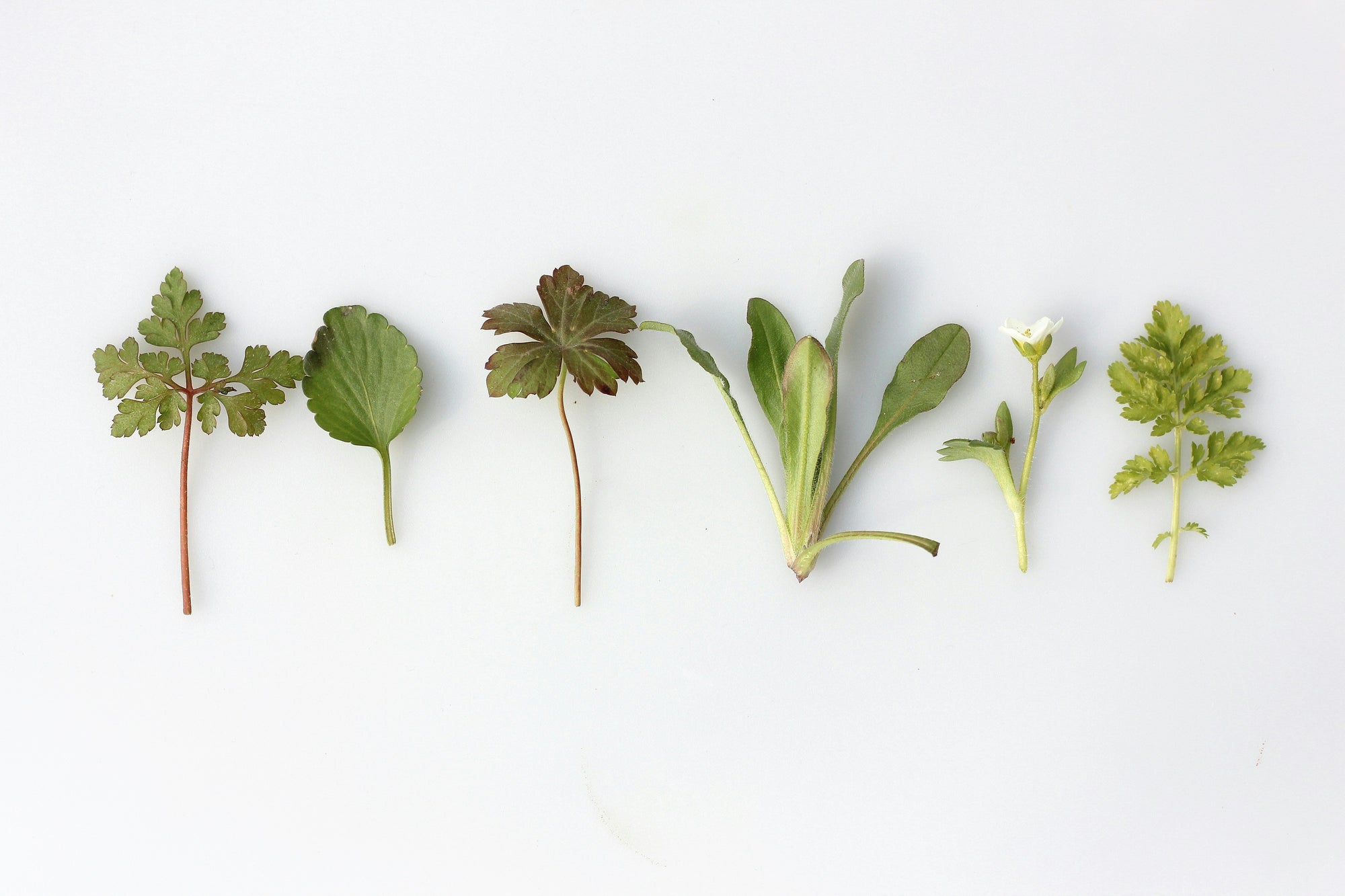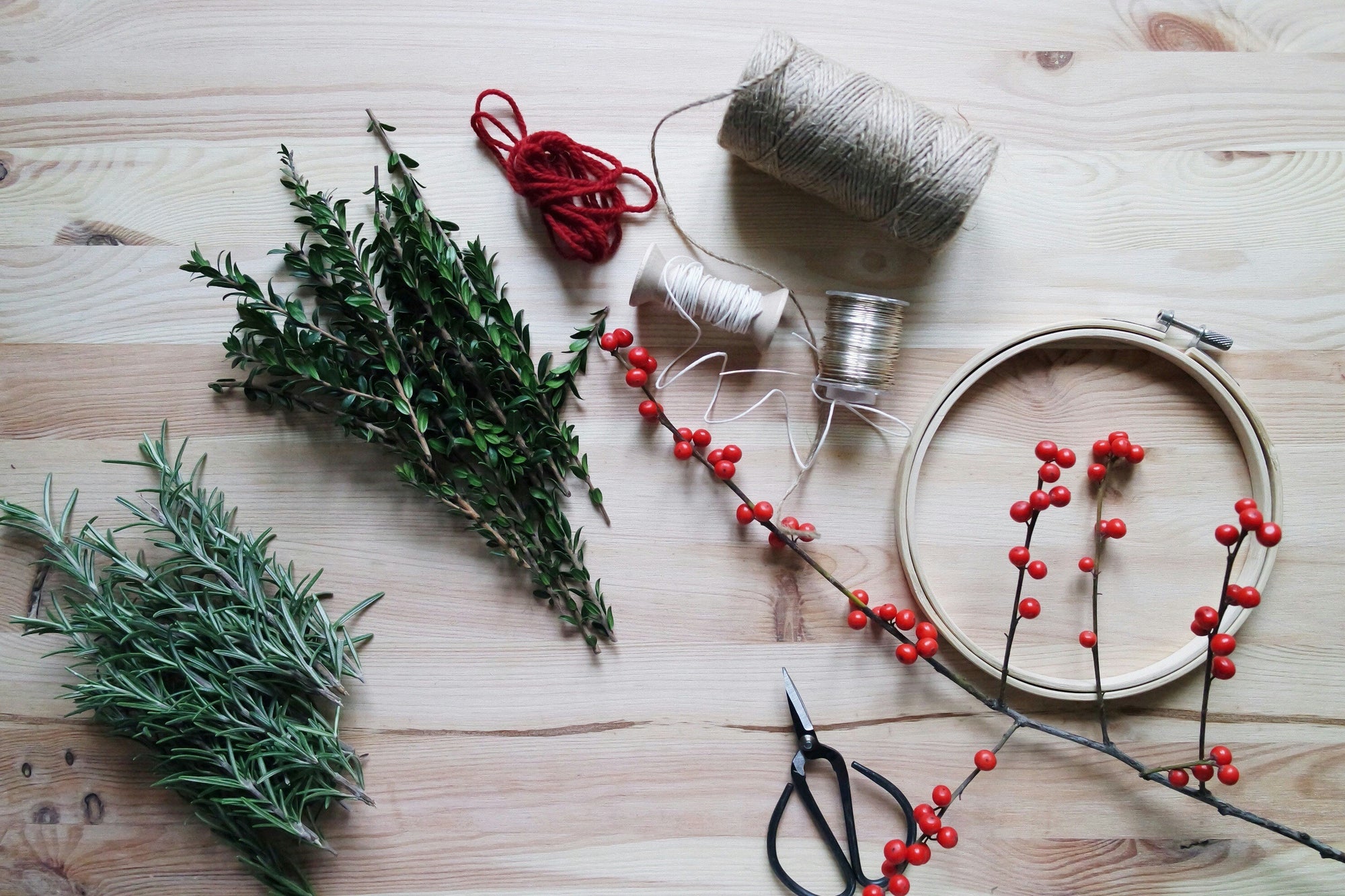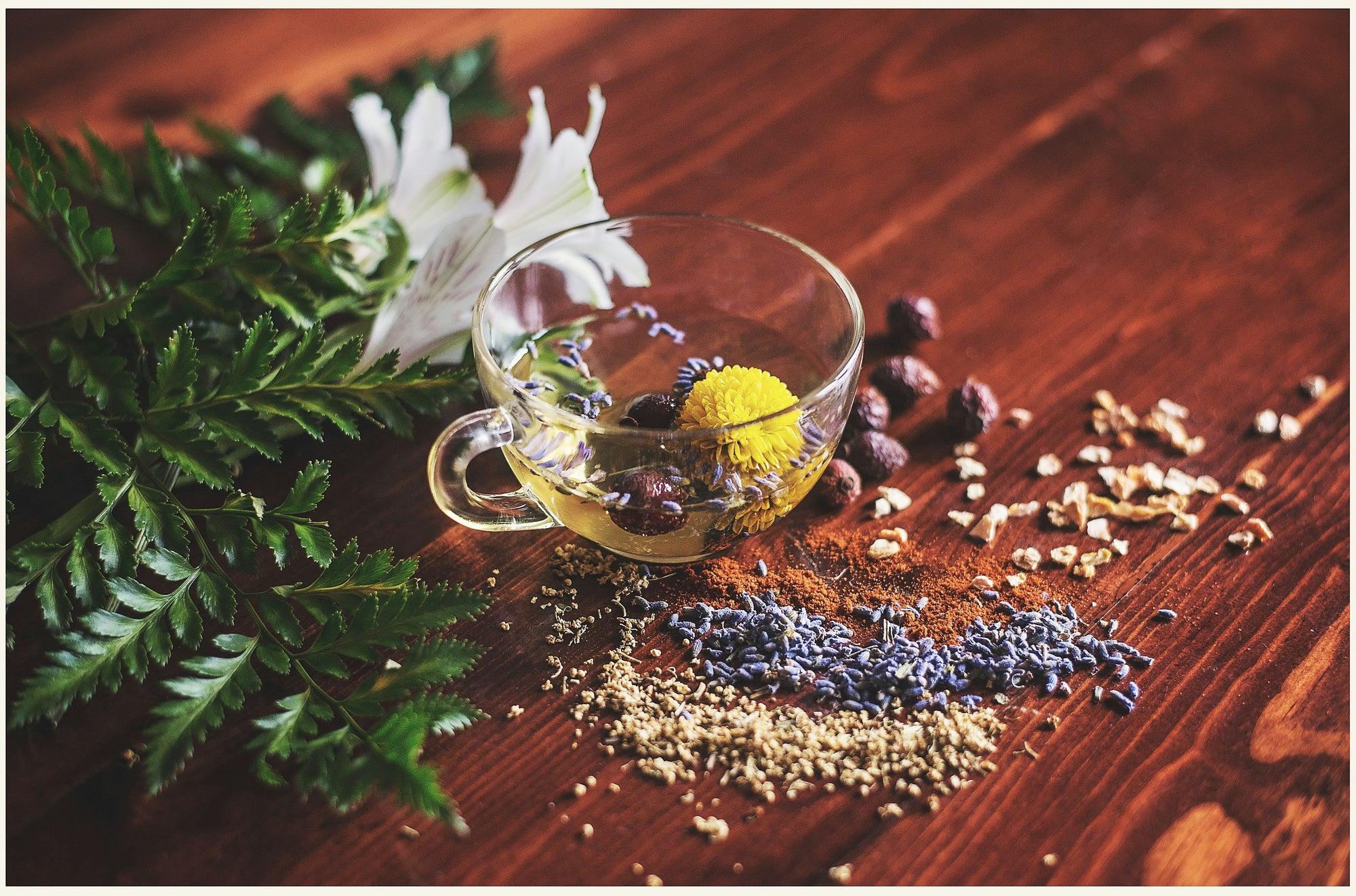From My Home in Jerusalem to Yours
I’ve been making herbal salves by hand in my Jerusalem home for years now. Not in a lab. Not in a sterile warehouse. But in my own third-floor herbalism studio—surrounded by shelves of glass jars filled with dried herbs, rows of essential oils, beeswax from trusted beekeepers, and simple tools that haven’t changed much in hundreds of years.
For me, this isn’t a hobby. It’s a sacred practice. A return. A remembering.
My maternal grandparents both come from long lines of Jerusalemite rabbis and mystics—five generations deep. I grew up knowing that healing and Torah go hand in hand. And even though I’m not a Kohen, when I step into my studio and start melting wax or stirring olive oil with golden calendula petals, I feel like the Kohen Gadol of my house—serving something bigger through the holy fire of intentional creation.
This is more than skincare. This is soul-care, rooted in Torah, the Land of Israel, and the power of Hashem’s creation.

Why Herbal Salves?
We live in a world full of pills, lotions, and treatments that treat the symptom and forget the root. But salves—when made right—are different. They’re potent, simple, and wise. They’re a way to deliver true healing through the skin—our body’s largest and most intelligent organ.
I make salves for pain relief, deep sleep, immune support, baby care, skin repair, and emotional grounding. Every ingredient has a role. Every oil, every flower, every drop of essential oil is part of the story. And the body knows how to receive it.
When you apply a handmade salve made with Israeli olive oil, organic herbs, and intention—you feel it.
Step 1: Choosing the Right Herbs
This is always the first step. Don’t complicate it. The key is knowing what the body needs and listening to the plants that answer.
Some of the most powerful herbs I work with include:
-
Calendula – Gentle yet powerful. Known for skin repair and regeneration.
-
Chamomile – Soothes the skin and the nervous system. Good for adults, kids, and even babies.
-
Comfrey – Traditionally called “knitbone.” Helps the skin, ligaments, and tissues regenerate.
-
Arnica Montana – Reduces inflammation, boosts circulation, speeds healing, and helps with bruises and sprains.
-
Goldenseal – A strong antimicrobial herb. Excellent for wounds or infections.
-
Helichrysum – Powerful healer. Incredible for reducing inflammation, healing scars, and supporting mature skin.
I infuse these into rich black Suri olive oil grown in the Ella Valley by Zohar, who’s been tending his trees for over 40 years. This oil is thick, green, and alive. It already carries medicinal power before I even add a single herb.
Many of my herbs come from Al Alim—one of Israel’s most dedicated and trustworthy herbal growers. My essential oils are medicinal-grade, sourced from AvaRoma. These are real oils—extracted for healing, not just scent.
Step 2: Herbal Infusion
Once I’ve selected the right herbs for the job, I begin the infusion.
My favorite method is slow infusion: I pack my herbs into 5-liter glass mason jars, pour olive oil over them, and let the Jerusalem sun gently warm them for 3–4 weeks. Every few days, I shake the jar to keep things moving and let the oil pull the medicine from the plants.
Sometimes I use a double boiler to speed things up—especially when I’m running a workshop or need to make a quick batch—but I never cook the herbs directly. Heat them gently. Treat them with kavod (respect).
When it’s ready, I strain the oil and what I’m left with is this gorgeous golden-green herbal oil that smells like real life.
Step 3: Making the Salve
Now the transformation begins. I gently melt beeswax—wild, raw, golden beeswax from Neshika, an amazing local family-run beekeeping business just outside of Jerusalem.
Their beeswax often includes traces of propolis, royal jelly, pollen, and even hints of honey—true bee medicine. Bees operate on a special frequency. When you use their wax, you’re bringing that healing vibration into your salve. It’s not just filler—it’s an active healing ingredient.
To the wax and infused oil, I add coconut oil, shea butter, vitamin E, and a carefully selected blend of essential oils. For a medium salve, I use 8–10g of beeswax per 100ml of oil, adjusting for season and use.
Then it’s poured into tins or glass jars and left to cool.
This is the part that always amazes me. That golden liquid turns solid. It sets. It becomes something new. Something ready to nourish skin, reduce pain, support healing, or simply connect someone back to their body.
Step 4: How to Use Your Salves
These aren’t lotions. You don’t slather them. Just a little goes a long way.
I use our salves:
-
On sore muscles or back after hikes
-
On my kids’ bug bites and scrapes
-
On cracked heels or dry hands
-
On the chest for respiratory support
-
On the feet before sleep
-
On my beard and face post-shower
Because there’s no water or synthetics, they’re potent and shelf-stable for about a year or two, when stored cool and dry.
And yes, if you’re a vegan or allergic to beeswax, you can substitute with candelilla or carnauba wax—but you’ll miss that beeswax frequency, that layer of mystery only bees bring.
Why This Work Matters
For me, salve-making isn’t just a business—it’s a spiritual practice. It connects me with my great-great-grandfather, who once rode by donkey from Jerusalem to Jericho to sell his homemade soaps. It’s a way of honoring that heritage and bringing natural healing back into people’s homes.
We’ve had people cry at workshops because they felt how real and alive this work is. That’s why I teach others to make salves too—so they can take healing into their own hands.
When you use something made with intention, you feel it. Your skin knows the difference. Your body responds. And your soul lights up because something in you remembers: this is how it’s meant to be.
If you’re reading this and thinking, “I’d love to try making one,” then do it! Or better yet, come join one of our Workshop Wednesdays here in Jerusalem. You’ll walk away with your own custom-made salve, deeper knowledge of biblical herbs, and a new appreciation for how nature is literally here to help you heal.
—Simcha Gluck
Chief Salve Maker
Salves of Jerusalem
www.salvesofjerusalem.com | @salvesofjerusalem


